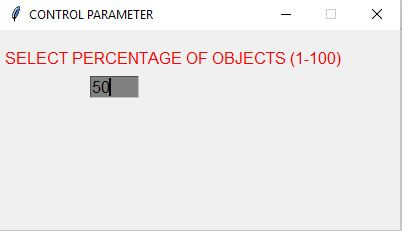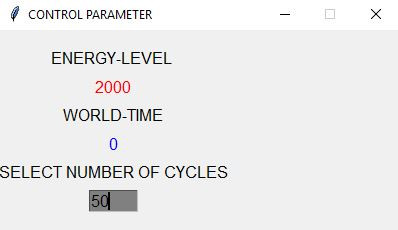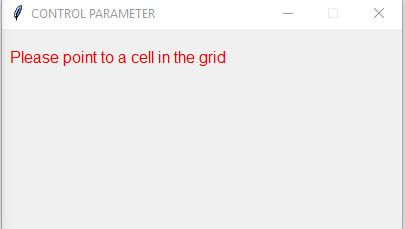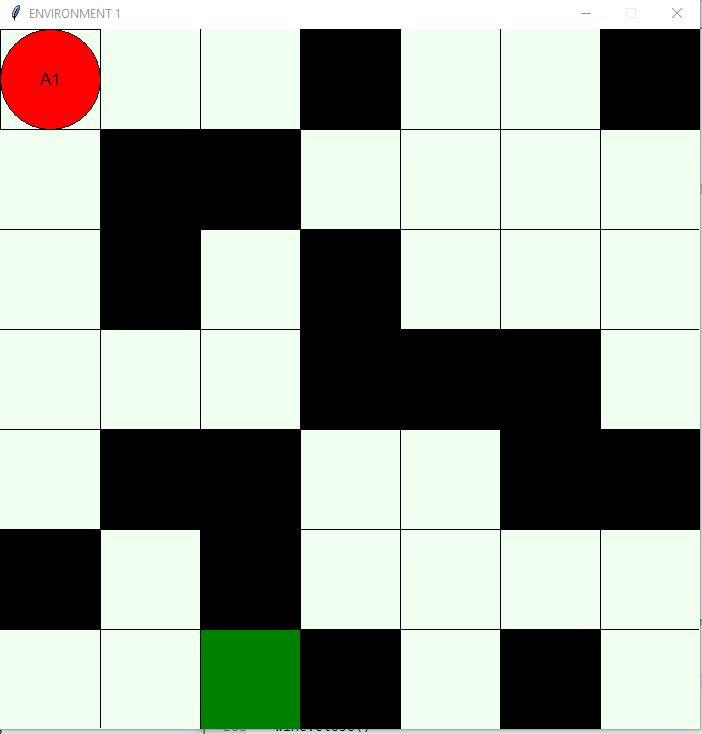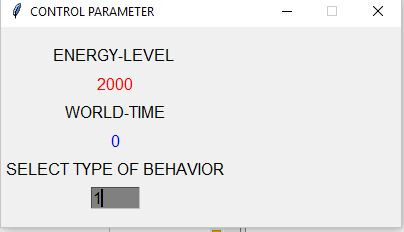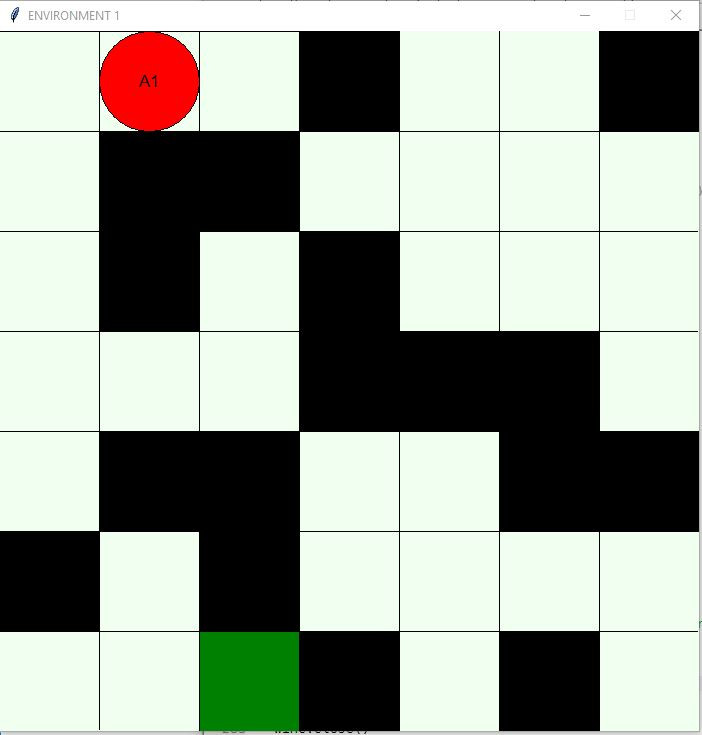some background story
Gerd Doeben-Henisch
info@emerging-mind.org
gerd@doeben-henisch.de
abstract
Some information about the motive behind this project; some historical remarks.
RELAUNCHE
This relaunch of the eJournal emerging-mind.org (ISSN 2567-6458) is motivated by an international book project rewriting the ideas of systems engineering (SE), actor-actor interaction (AAI) as part of systems engineering, as well as intelligent machines (IM) as part of AAI. There is also an introductory part which talks explicitly about the implicit philosophical assumptions which underlie a systems engineering approach in general. This book is written embedded in a public process documented on the uffmm.org website.
SOME GENERAL REQUIREMENTS
While the above mentioned book develops a strong formal framework for all the mentioned topics, such a pure formal approach is not enough. The processes described in the book are intended real processes in real environments relying heavily on software. Therefore it is an equally important question which kind of software framework can help in the application of the theory. The following requirements are considered as being important for the development of the emerging-mind lab.
AAI Theory
As one can read on the uffmm-site a radical formal approach is applied there to describe the analysis phase of systems engineering as it is realized by an actor-actor interaction approach. But for the real work this is not enough, one needs for the practical (industrial) work in the end software tools which support the formal theory to do the real work.
Intelligent Machines
Intelligent machines are analysed in the book as actor models within actor stories. Thus models can only be used as real dynamic processes if they are translated into real software within real computers. And this should be done in accordance with the AAI-paradigm.
Local Learning Environments
There is a third requirement which stems from the context of education and experimental research.
Today everybody has a computer or a smart-phone to log into some network which provides lots of services from somewhere. The network as such also the services as such are usually not open for experimental usage. But in education as well as in research one needs complex settings and one needs open structures, which can be changed.
For this one needs a local learning environment which contains its own network server with different clients (computers, smart-phones, raspi, robots, and so on) which can have more smaller clients like sensor, actors etc.
Solution Candidates
Although the search for an optimal hardware and software environment has not yet finished we have two first interesting candidates as main part of the intended structure: It is (i) the robot operating system (ROS) (see: http://www.ros.org/) running on ubuntu (actually only on the long term version 14.04), and, with a different scope, (ii) the tensorflow framework (see: https://www.tensorflow.org/).
How to Continue?
The next possible readings are:
- EML ROS-Environment. Basic Ideas
- Python Programming. Part 1. Simple Environment-Actor Demo
